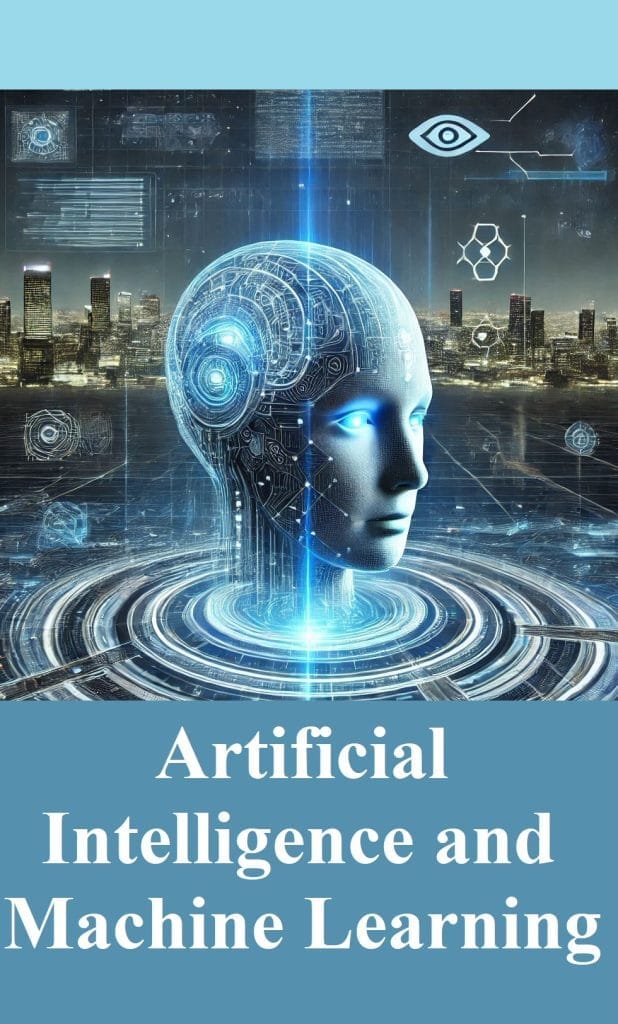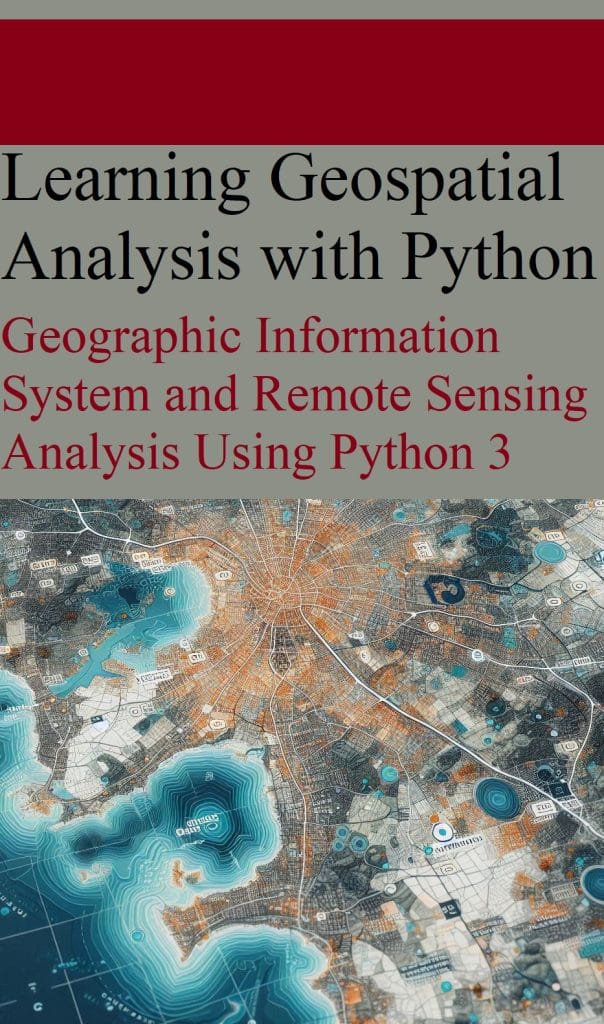Rewrite this article:
Advanced statistical methods in preventive medicinePreventive medicine aims to prevent diseases or detect them early, when they are most treatable. Data analysis plays a crucial role in identifying risk factors, understanding disease patterns and implementing preventative strategies.Advanced statistical methods are an integral part of preventive medicine and are used for:Analyze risk factors: Statistical models like logistic regression can identify factors that increase the likelihood of developing a disease. For example, understanding the impact of lifestyle factors such as smoking or diet on the risk of cardiovascular disease.Develop screening protocols: Statistical tools are used to design screening programs targeting high-risk populations, thus ensuring early detection of diseases such as cancer or diabetes.Monitor public health: Descriptive statistics and time series analysis help track outbreaks and the effectiveness of vaccination programs.Real-world applications:Epidemiology: Data analytics is used to track disease outbreaks (e.g., COVID-19) and inform public health policy on vaccination, quarantine, and treatment strategies.Genomic analysis: Statistical methods are used in genomics to identify genetic markers that predispose individuals to certain diseases, which contributes to the development of personalized preventive strategies.Example: Advanced statistical techniques are used to evaluate the effectiveness of a new vaccine by analyzing trial data, identifying potential side effects, and ensuring its effectiveness in preventing disease.Tools and technologies for data analysis in healthcare data scienceSeveral tools and technologies are used for data collection, management and analysis in health data science:1. Python and RPython and R are widely used for healthcare data analysis due to their powerful libraries for data manipulation, statistical analysis, and machine learning.Python: Libraries such as Pandas, NumPy, Scikit-learn, and TensorFlow are commonly used for data cleaning, visualization, and building predictive models.A.: Known for its strength in statistical computing, R is preferred for hypothesis testing, statistical modeling, and visualizations.2. SQL for healthcare dataSQL is essential for querying health data stored in relational databases. This helps to:Extract relevant data for analysis from large datasets.Perform aggregate calculations to summarize patient information.SQL is often used in combination with Python or R to retrieve data and perform deeper analysis.3. Visualization tools: Tableau and Power BIVisualization is essential for communicating data insights in healthcare data science. Tools such as Tableau and Power BI are used to create interactive dashboards that allow healthcare professionals to visualize trends, track results, and make data-driven decisions.Real-world applications of data analytics in healthcareData analysis drives significant improvements in various healthcare sectors. Some real-world applications include:1. Population health managementData analysis allows healthcare providers to track the health of entire populations, identify high-risk groups, and develop intervention strategies. For example, analyzing EHRs and public health data helps identify communities at risk for chronic diseases, enabling targeted preventative measures.2. Drug discovery and clinical trialsPharmaceutical companies are using data analytics to speed up the drug discovery process. By analyzing genetic data, researchers can identify potential drug targets and understand how different patients respond to drugs, leading to personalized therapies.3. Preventing hospital readmissionsBy analyzing patient data, hospitals can predict which patients are most likely to be readmitted and take proactive steps to prevent this, such as providing enhanced care after discharge or scheduling follow-up visits.4. Predictive analysis in preventive medicinePredictive models help identify patients at risk of developing diseases such as diabetes, heart disease or cancer. This information can guide healthcare providers in designing personalized preventative measures, including lifestyle interventions or early detection programs.ConclusionData analytics in healthcare data science is revolutionizing healthcare by enabling more accurate predictions, improving patient outcomes, and optimizing healthcare delivery. From data collection and management to advanced statistical methods and machine learning, these tools and techniques are essential to shaping the future of preventive medicine and personalized care.As healthcare data continues to grow, the importance of skilled data scientists and analysts in the healthcare industry will only increase. By effectively leveraging data, healthcare organizations can achieve better patient outcomes, improve operational efficiency, and contribute to the development of cutting-edge medical treatments.
Source link







